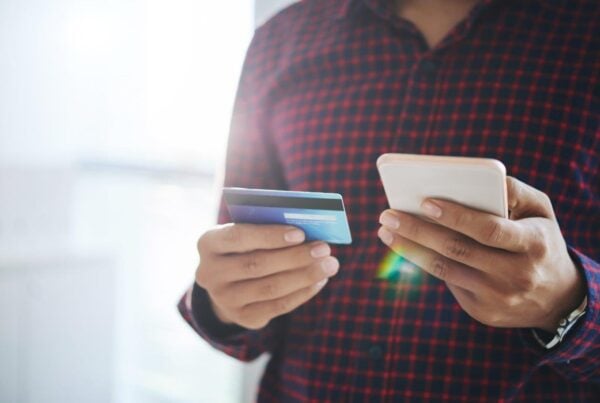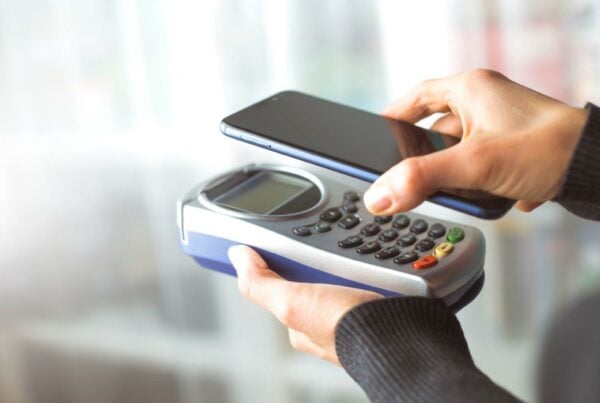In June MEF launched its third annual Global Mobile Money report in association with Wirecard and authored by Tim Green from Mobile Money Revolution.
The report, which studied 15,000 mobile users across 15 countries, shows that mobile banking and mobile commerce continues to engage consumers – especially in mobile first markets. 69% of mobile media users globally carried out a banking activity via mobile whilst 66% have carried out a transaction.
As new mobile payment models come online, and more sectors embrace mobile as the primary channel for customer engagement and transaction, the report also reveals nine significant mobile money trends, exploring how they are stimulating growth across the expanded mobile ecosystem.
Below we’ve outlined the nine drivers of mobile money – the report can be downloaded for free from the MEF website and an extended article can be found on VentureBeat.
1. In-store payments are still negligible
12 per cent of people have made a proximity payment in the last six months. Four per cent have done so via NFC contactless, while seven per cent paid using a merchants ‘plug and play’ or mPOS device. Another five per cent said they paid via a mobile loyalty card scheme such as the Starbucks mobile app.
2. Consumers still don’t know why they need a mobile wallet
The research reveals public confusion and, to a degree, apathy around the mobile wallet proposition. 18 per cent don’t know what it is, 15 per cent don’t see the point, and a further 15 per cent say ‘no one I know is using one’.
3. The social future of commerce
The impact on how mobile is used for social media services is significant with 24 per cent of feature phone users and 15 per cent of smartphone users indicating that a social media page is already their number one destination for mobile commerce.
4. Will trust and security halt the progress of mobile money?
34 per cent of consumers place security at the top of their concerns. 11 per cent ‘don’t trust the security’ of mobile money, nine per cent fear giving away too much private information, eight per cent say the systems are not secure and six per cent don’t trust the merchant.
5. Are messaging apps the new shop windows?
56 per cent of respondents prefer to make purchases from within an app to a mobile web site. With consumers spending a huge amount of time inside messaging apps some observers believe messaging will be the next natural home of commerce on a phone. Some of these services already double as commerce channels. Messaging apps in Asia Pac for example allow users to connect their messaging accounts with a credit card. Then they can move money to friends or buy items at selected stores.
6. Is second screening a shopping opportunity?
94 per cent of respondents agreeing they use another form of media while browsing on their phones with TV the most popular at 42 per cent. 14 per cent of those second screeners said they were engaged in shopping or commerce whilst 32 per cent said they are looking for information relating to the same content.
7. The return of the high street
58 per cent of respondents said they had ‘found something they wanted to buy while surfing on a mobile. but then bought it in a shop’. Interestingly, exactly the same number had engaged in showrooming, with 28 per cent brazenly making a mobile purchase while in the store.
8. How banking services are being ‘unbundled’
69 per cent of mobile users currently do some form of banking on the their phones. The biggest activity is still the most basic: 28 per cent check their balances. But a rising number perform more sophisticated actions such as transferring funds between accounts (18 per cent), sending money to someone else (16 per cent) or applying for a loan (9 per cent).
9. Authentication and why the fingerprint matters
32 per cent of consumers indicated that mobile money was ‘convenient’ showing how highly people value speed and immediacy when making a purchase. Payment providers are all too aware of the requirement to make services as friction-free as possible. Perhaps fingerprints offer the solution. For many, they represent the best opportunity to reduce a purchase to one action. Apple already supports this process for iTunes transactions. And in summer 2014, it made its TouchID APIs available to third parties so that iPhone owners can log in to their favourite apps with one finger press.
As yet, the function is restricted to access rather than payment (i.e. you can’t pay from within an app using TouchID). However, with the advent of Apple Pay this next stage is perhaps inevitable.








One Comment